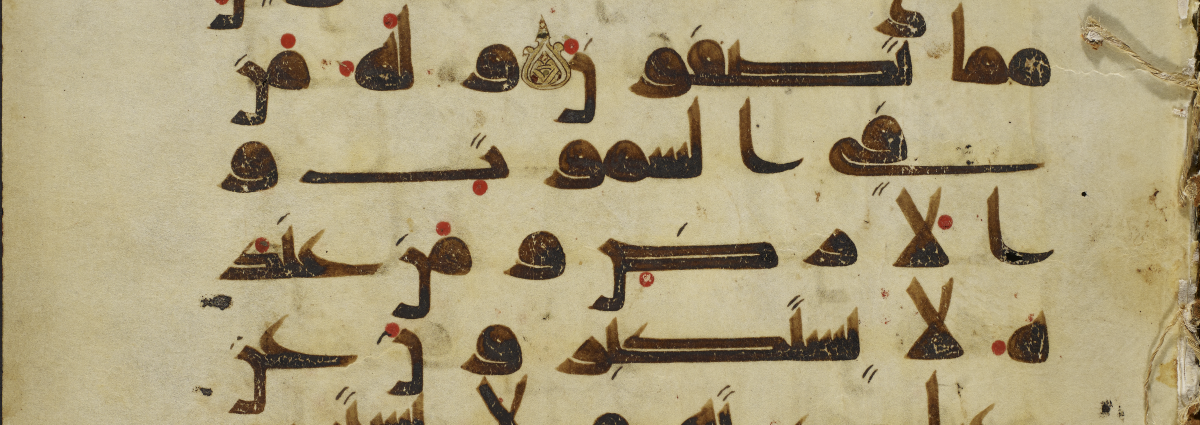




Reconstructed Codices of the Qurʾan that were conserved in the ʿAmr-ibn-al-ʿĀṣ-Mosque in al-Fusṭāṭ (Old-Cairo)

PALEOCORAN aims at bridging the gap between the history of the Quran as known through the Arabic sources and the latest palaeographic researches on the manuscripts and the actual reception of the various aspects of the text as they can be documented in the in the Quranic library of the Amr mosque in Cairo 7th to 10th century. To the present day, a study of the actual history of the text within a coherent geographical context is lacking. The fragmentary state of the early Quranic manuscripts, scattered between various collections, has prevented any attempt at examining thoroughly all manuscript evidence related to a specific place. PALEOCORAN would rely on the reconstruction of the Fustat manuscripts preserved as fragments all over the world. A digital reconstruction will be set up in the shape of a web portal Bibliotheca Coranica of Fustat (Old Cairo) online. Arabic sources, travel reports, Ottoman sources, and archival material of the European collections on trajectories of the manuscripts will be documented. The time span covered by PALEOCORAN corresponds to significant moments for the history of the Quranic text: the standardisation of the diacritical marks, Arabic orthography, short vowel signs, the development of the variant readings, and ultimately Ibn Mujahids (d. 936) reform in Bagdad which completed the canonisation process of the Quran. PALEOCORAN would analyse the Fustat collection and gauge the actual impact of these changes. It will thus be possible to assess the local diffusion of the variant readings and the reception of the canonical version. The various changes in the material presentation of the Quran during this period will also be researched. The manuscripts will be approached in a multidisciplinary way, combining philology, palaeography, codicology, art history and physico-chemical analyses. The latter might help determine the origin of the various copies of the Quranic library. Comparative studies with neighbouring manuscript cultures will be carried out in order to define the mutual influences. PALEOCORAN will contribute to a more precise understanding of the history of the Quran based on the material evidence from the Fustat Quranic library, of the Abbasid art of the book as well as of the cultural history of Fustat. PALEOCORAN is based on the work of the French-German project CORANICA (2011-2014) focussing on the earliest Quranic manuscripts (until 750 AD, Hijazi style), transliterations of their text, and their edition. PALEOCORAN aims at the virtual reconstruction of the Fustat collection, a unified cataloguing of its approx. 360 fragments involved, and a documentation of their trajectories (e.g., Codex of Osman to Samarqand or Istanbul; European collections). The development of the Arabic script (palaeography, letter shapes, diacritical signs, vowel system) and the process of canonisation of the Quran will be studied on the basis of the evidence of the Fustat Bibliotheca Coranica.

Fragments of Qur'an codices that can be retraced to the ʿAmr-ibn-al-ʿĀṣ-Mosque in al-Fusṭāṭ (Old Cairo) are in different collections today. Paleocoran brings these fragments together and reconstructs these ancient codices virtually. The following contains a list of Codices Amrenses, i.e. Qur'an codices from al-Fusṭāt, so far reconstructed. For each codex the collection that is conserving the fragment today is mentioned and the the call number. Also the text range of the text of the Qur'an is shown for each fragment
Design by TELOTA & LESSNA, 2025